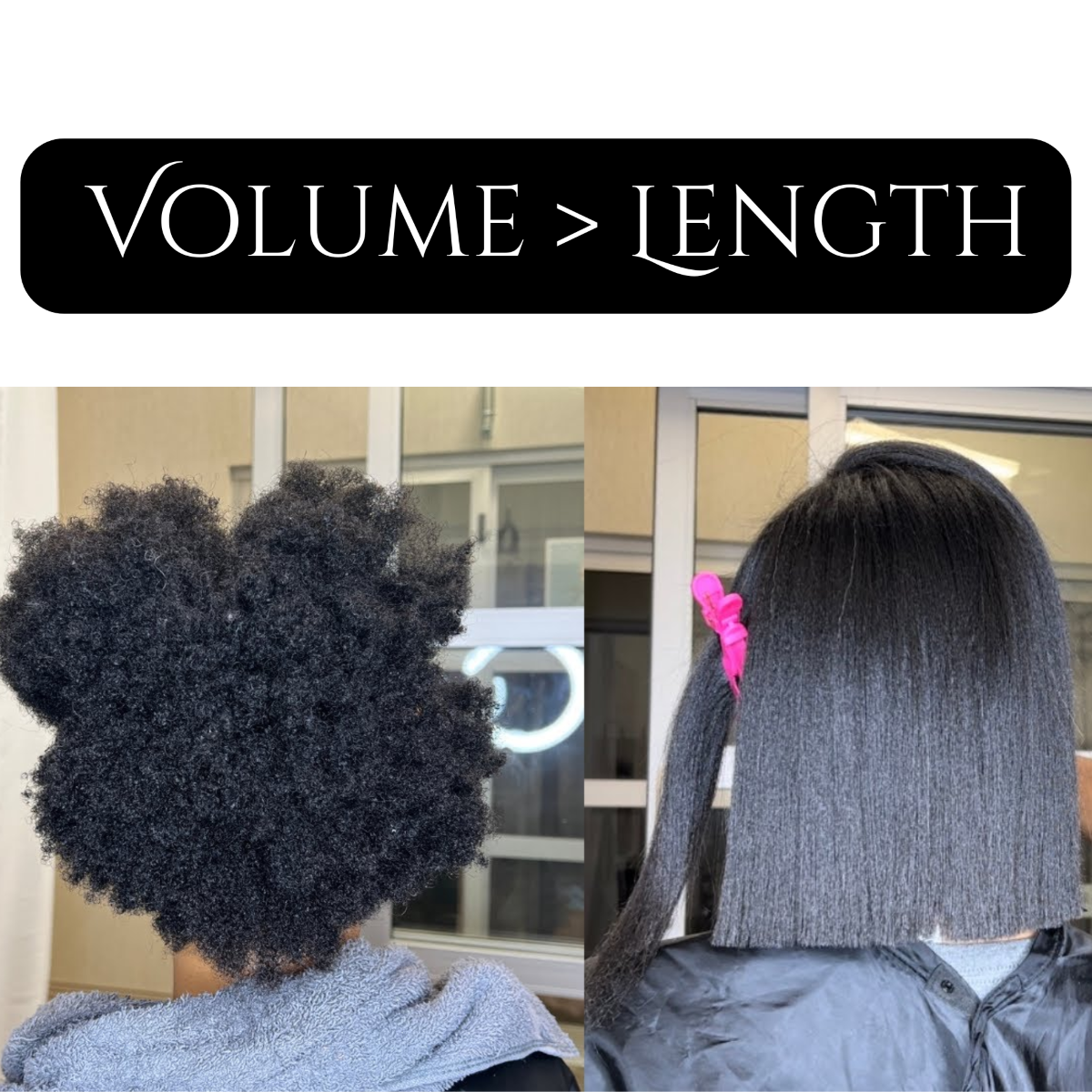Transitioning to natural hair is an exciting and empowering journey, but it requires patience, dedication, and care. Many people choose to stop relaxing or chemically treating their hair in order to embrace their natural texture. Whether you’re transitioning to curls, waves, or another natural style, understanding the process and what to expect can help you feel more confident as you embark on this journey.
1. Understand Your Hair’s Natural Texture
One of the first things to know about transitioning is that your natural hair texture may differ from what you remember or expect. Over time, hair may change due to various factors like hormonal shifts, lifestyle, or environmental conditions. Before you start the transition, take time to learn about your hair’s texture, whether it’s curly, coily, wavy, or straight. Understanding how your hair naturally behaves will help you care for it properly and appreciate its unique beauty.
2. Decide on the Transitioning Method
There are two primary methods for transitioning to natural hair: the big chop and growing it out. The big chop involves cutting off all the chemically treated or relaxed hair to reveal the natural hair underneath. It’s a bold and immediate choice that gives you a fresh start, but it may not be for everyone. On the other hand, growing it out is a slower process where you allow your natural hair to grow while gradually trimming the relaxed ends. This method can be easier for those who aren’t ready to part with their length but requires more patience as you deal with the contrasting textures between your natural hair and the relaxed ends.
3. Moisture is Key
As you transition, keeping your hair moisturized is crucial. Transitioning hair is often more prone to dryness, breakage, and frizz, so using hydrating products is essential. Opt for shampoos, conditioners, and leave-in treatments that hydrate and nourish your hair. Deep conditioning treatments should become part of your regular routine to restore moisture and promote healthy hair growth. Moisturizing oils such as argan, jojoba, and coconut oil can help lock in moisture and add shine, giving your hair the care it needs to thrive through the transition.
4. Protective Styles Can Help
Protective styles, such as braids, twists, buns, and wigs, can be a great way to manage your hair during the transition. These styles help to reduce manipulation, minimize damage, and protect your hair from environmental stressors. They also make it easier to manage the two textures—your natural hair and the relaxed ends—while promoting healthy growth. Be sure to avoid overly tight styles that could cause tension on your scalp, which can lead to breakage or hair loss.
5. Patience is Essential
Transitioning to natural hair can take months or even years, depending on how quickly your hair grows. The process is not an instant transformation; it’s about embracing your hair’s natural state and learning how to work with it. You may experience frustration as you navigate the awkward phase where your natural hair and the relaxed ends meet. This phase, often called the “TWA” (teeny weeny afro) stage, can be challenging, but remember that it’s a natural part of the process.
Patience is key, and as your natural hair grows out, you’ll find new styles and techniques to enhance its texture and maintain its health. Over time, your natural curls, coils, or waves will become more defined, and you’ll feel more comfortable with your hair’s unique characteristics.
6. Trim Regularly
As your hair grows, it’s important to trim the relaxed ends regularly to prevent split ends and breakage. This will also help you maintain the overall health of your hair. If you’re growing it out gradually, trimming the relaxed hair will help ensure that your natural hair is the primary focus. Regular trims also promote healthy growth and can improve the texture of your hair over time.
7. Embrace the Learning Curve
Transitioning to natural hair is a journey of self-discovery. There’s a learning curve as you experiment with different products, tools, and techniques to find what works best for your hair. This might involve learning how to define your curls, mastering the art of detangling, or discovering your hair’s particular needs. Embrace the process, and don’t be afraid to make mistakes along the way. The key is to stay committed to the health and well-being of your hair.
8. Seek Support from a Community
Finding a community of like-minded individuals can make the transition easier. Whether online or in person, connecting with others who are going through the same journey can offer support, encouragement, and advice. Social media platforms like Instagram, YouTube, and Pinterest are full of natural hair influencers who share tutorials, product reviews, and tips to help you along the way. Surround yourself with positive influences who celebrate the beauty of natural hair, and don’t be afraid to share your progress with others.
9. Celebrate Your Progress
Finally, remember to celebrate your hair’s progress and your journey. Whether you choose to take photos to track your hair’s growth or you simply embrace each stage of the transition, recognize the effort you’ve put into caring for your hair. Transitioning to natural hair is a process, and every step, no matter how small, is a victory.
Common Challenges and Solutions
- Texture Shock: As your natural hair grows, you may experience a difference in texture between your relaxed ends and your new growth. This can lead to tangles and breakage. To combat this, use detangling products and gentle detangling techniques.
- Dryness: Natural hair can be prone to dryness, so it’s important to keep it moisturized. Use a good leave-in conditioner and seal it with a natural oil.
- Shrinkage: Natural hair can shrink significantly when it dries. To minimize shrinkage, stretch your hair before styling.
Conclusion
Transitioning to natural hair is a rewarding experience that requires dedication, self-care, and patience. Whether you choose the big chop or the slow grow-out method, it’s important to remember that embracing your natural texture is an act of self-love. With the right knowledge, products, and support, you can enjoy a smooth transition and uncover the beauty of your natural hair.



